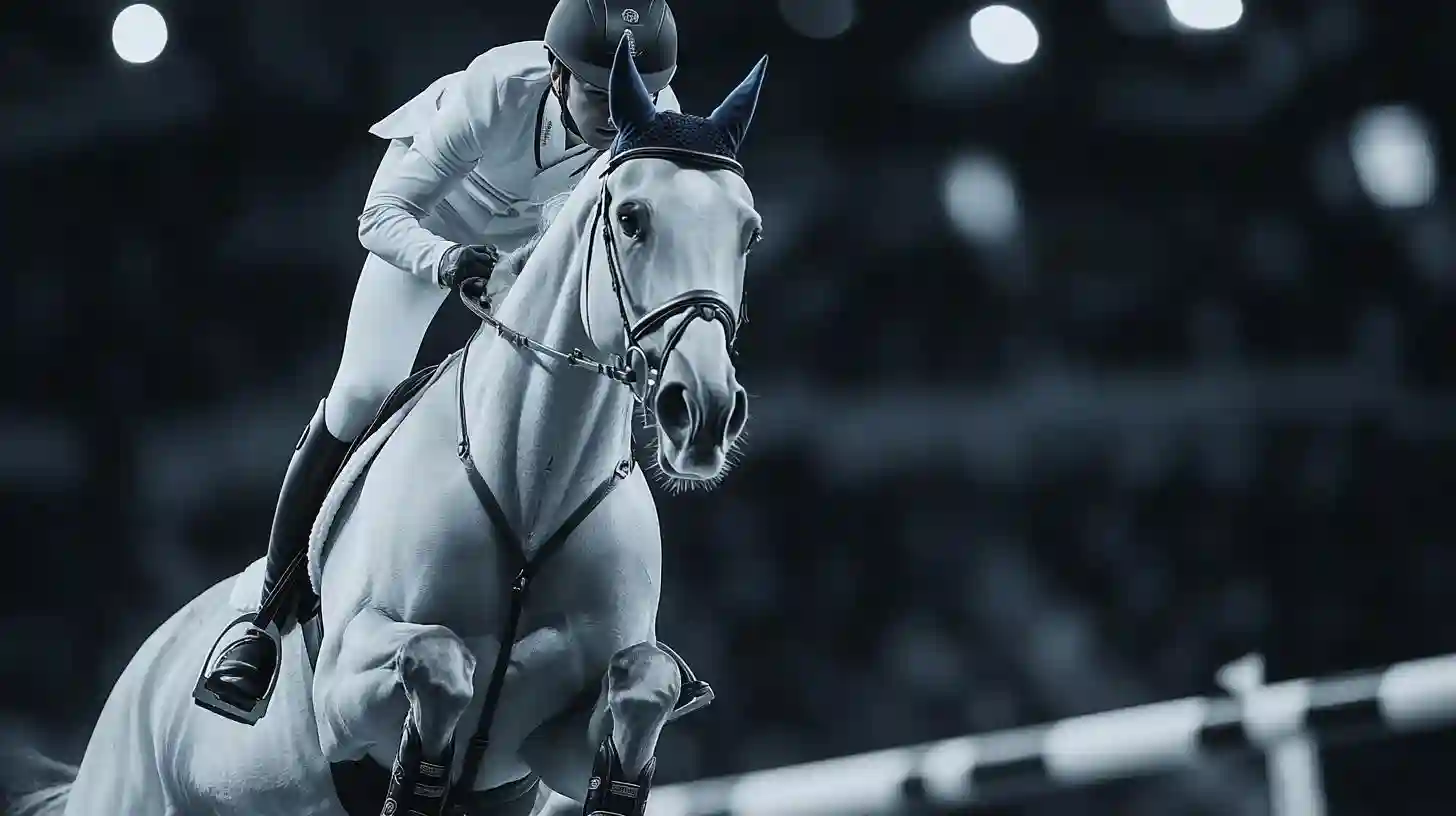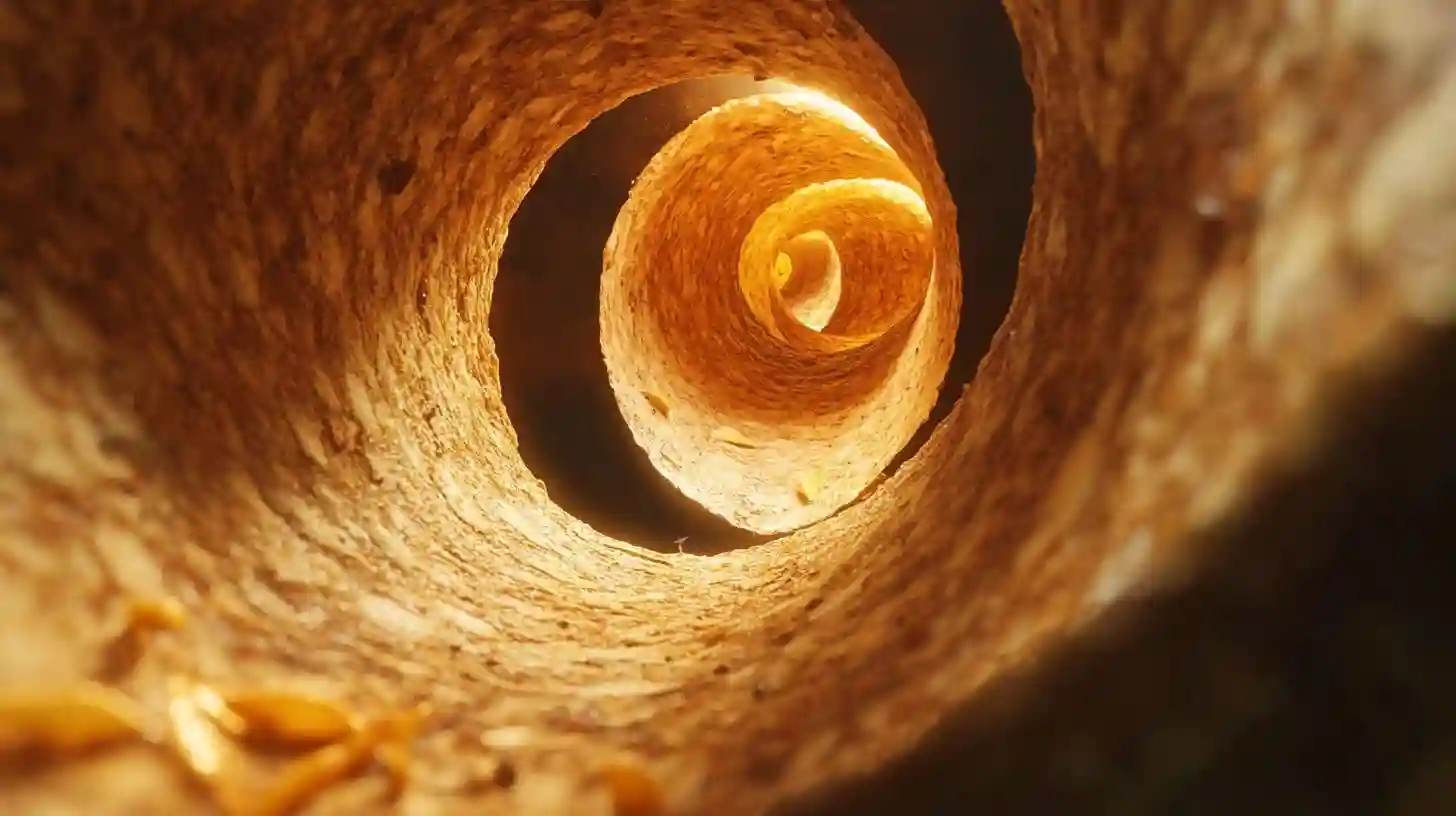
**Kayaking's Evolution: From Ancient Transport to Modern Eco-Conscious Sport**
Kayaking has transformed from an ancient mode of transportation into a popular eco-friendly adventure sport. Initially used by Indigenous peoples for fishing and hunting, it now attracts enthusiasts worldwide, promoting environmental awareness and conservation while offering exciting recreational experiences on diverse waterways.
**The Evolution of Kayaking: From Survival to Adventure**
The kayaking movement traces its origins back thousands of years, intricately woven into various cultures around the globe. Initially a practical means of transportation, indigenous peoples utilized kayaks for hunting, fishing, and navigation on waterways. The earliest kayaks were crafted from locally available materials, such as wood, animal skins, and bones. Inuit and Aleut cultures in the Arctic developed sleek, narrow kayaks known as "qayaq," a term that endures and marks the foundation of modern kayaking. These ingenious vessels enabled skilled paddlers to deftly maneuver across icy waters, showcasing human creativity and a deep understanding of the natural environment.
As the centuries progressed, the functionality of kayaks captured the imagination of adventurers. Their aesthetic appeal inspired an evolution from utility to artistic design. European explorers, encountering indigenous kayakers, became fascinated by the efficiency and stealth of these crafts. This cultural exchange kindled a new interest in paddling, transforming it from a travel necessity into a leisure pursuit and a way of exploring nature. Rugged coastlines and pristine lakes of Europe became hubs for this sport, which emphasized a deeper connection with the environment and the mastery of skills.
Throughout the nineteenth century, kayaking began to formalize. Recreational paddling gained traction among the upper classes, particularly in Germany and the UK. Clubs formed, and competitions emerged, marking kayaking's transition from private enjoyment to public spectacle. The introduction of new materials and construction methods led to the creation of more accessible, high-performance kayaks, igniting widespread interest across social classes. This era signified the intertwining of kayaking with the adventurous spirit that defined the age of exploration.
The following decades witnessed further innovations, including hard-shell kayaks made from fiberglass and plastic. This democratization of kayaking made the sport more affordable and accessible, giving rise to various disciplines, such as whitewater, sea kayaking, and touring. Each niche attracted distinct enthusiasts, fostering camaraderie that crossed cultural and geographical boundaries. Slalom competitions and marathon races flourished, showcasing participants' athleticism and skill.
As the twentieth century unfolded, kayaking embraced environmental consciousness. Paddlers, venturing into the world's waters, became increasingly aware of their surroundings' fragility. This awareness sparked a movement toward conservation, with kayakers promoting the protection of waterways and ecosystems. Organizations emerged to advocate for natural habitat preservation, emphasizing recreation's relationship with sustainability. Kayaking transformed from a mere escape to a pivotal vehicle for inspiring stewardship of nature.
Entering the twenty-first century, the kayaking movement experienced a cultural resurgence fueled by social media and the sharing of adventure stories. Expeditions evolved beyond simple paddling experiences; they became narratives that inspired audiences worldwide. Social platforms allowed kayaking enthusiasts to connect, share experiences, and encourage others to explore waterways, promoting diversity within the sport.
Moreover, adaptive kayaking emerged, enabling individuals with disabilities to access this exhilarating sport. Organizations have tirelessly worked to create adaptive equipment and promote inclusivity within the kayaking community, ensuring that everyone can experience the joy of paddling.
Today, environmental challenges have further galvanized the kayaking community into action. Activism has become a crucial component, as paddlers organize clean-up initiatives and advocate for pollution reduction. This evolution reflects a recognition that the sport is intrinsically linked to the health of natural spaces.
The roots and evolution of kayaking illustrate a journey transcending simple recreation. What began as a survival tool has transformed into a multifaceted pursuit encompassing adventure, culture, artistry, environmentalism, and community. As the sport continues to evolve, it carries the legacies of those who paddled before, forging a deeper connection between humanity and the wild waterways that beckon them onward.
Technology Blog





















